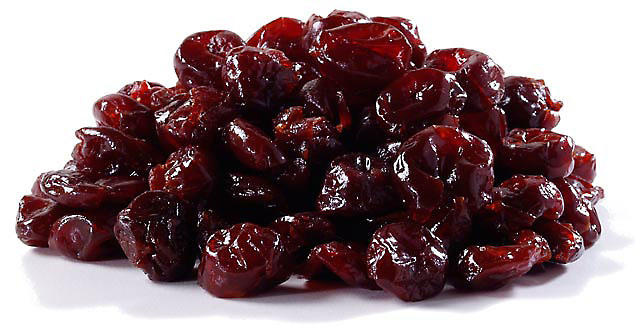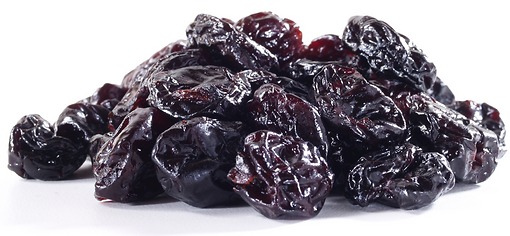Tart Varieties

Tart cherry trees are ornamental, and the fruit makes wonderful pies, cobblers, and toppings. To get the most from your trees, start with varieties suitable for your climate and look for certified virus-free trees. Tart cherries are hardy in USDA Hardiness Zones 4 through 6. The standard-size 'Montmorency' has been the leading tart cherry variety for many years. It yields heavy crops of large, bright red, high-quality tart cherries in mid- to late June (in zone 6). The tree is available on a semidwarfing rootstock, which produces a tree two-thirds standard size, as well as on standard-size rootstack.
Several genetic dwarf varieties are available. These are naturally small and can be grafted onto the standard rootstocks. They include several spur-type 'Montmorency' sports (varieties that arise from a bud mutation) and 'Meteor', all semidwarfs, and 'North Star', a full dwarf.
Sweet Varieties (Bing Cherries)

Sweet cherries aren't for everyone, but for those willing to choose varieties carefully, prune and spray regularly, and deal with marauding birds, the rewards are great. Choosing varieties adapted to your area and resistant to its major diseases is critical. Most sweet cherry varieties are hardy in zones 5 through 7; in colder zones, choose varieties with the hardiest wood and buds. A few sweet cherry varieties resist the problems that plague most sweet cherries-fruit cracking, brown rot, and cherry leaf spot. Some are very hardy, a few are only mildly attractive to birds, and some are self-fertile and genetically dwarfed.
Some of the traditional cherry favorites such as 'Bing' have their drawbacks, especially concerning disease susceptibility. In most areas, stay clear of most commonly sole varieties. 'Bing' Can be grown successfully on the West Coast where winters are mild and dry air makes fruit cracking and brown rot less of a problem, but seldom does well in the East. Even where 'Bing' can be grown successfully on the West Coast where winters are mild and dry air makes fruit cracking and brown rot less of a problem, but seldom does well in the East. Even where 'Bing' can be grown, there are better varieties for home gardeners. 'Starkcrimson' is a self-fertile genetic dwarf with bigger, sweeter fruit. 'Compact Stella' another self-fertile sweet variety. 'Glacier' Produces large, mahogany red fruit in midseason. While there are some self fertile sweet cherry varieties, most should be grown with at least one other compatible variety near by to insure proper pollination.


